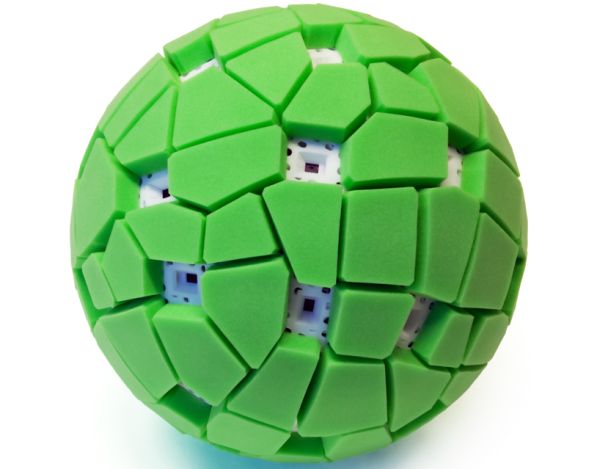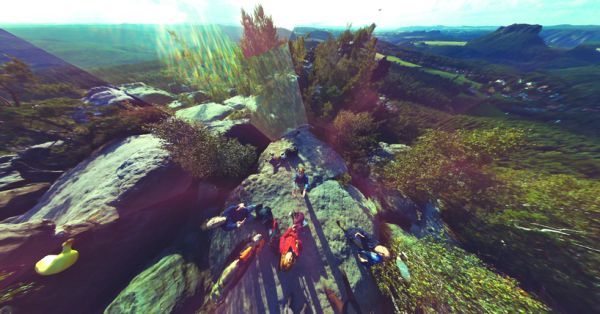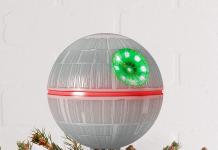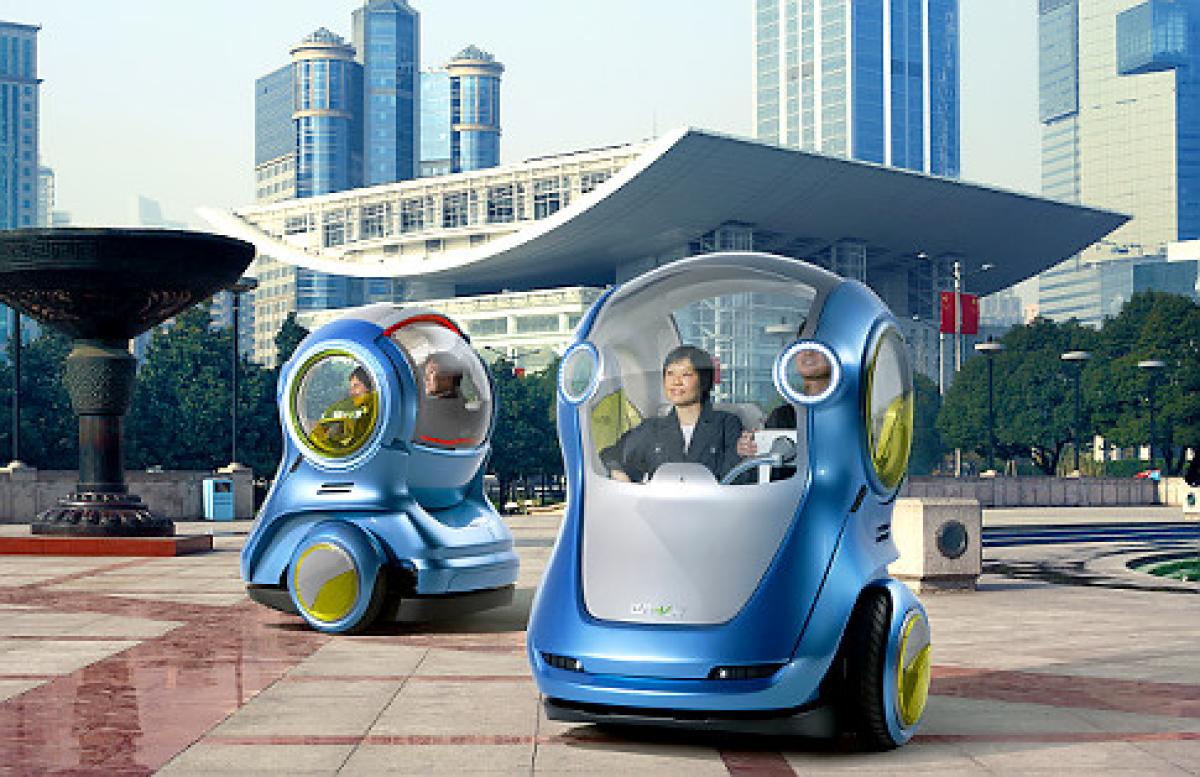If you thought cameras couldn’t get better than their impressive megapixels, zooming and auto focus technologies, you might want to read about the accomplishments of certain talented designers like Jonas Pfeil.
Jonas, a student at the TU Berlin has unveiled the Throwable Panoramic Ball Camera prototype for his graduate thesis. The Ball Camera comes with 36 2 megapixel cameras and an accelerometer which helps the camera to trigger when it is suspended in the air momentarily. When the photographer throws the Ball Camera in the air, the device for an instant would hang in the air before falling down to ground and that instant is when the camera would take the 360 degree panoramic image.
Taking a single photograph at the same moment with the help of several cameras allows a photographer to avoid ghosting effects which is usually the result when taking panoramic and sequential images. The Ball Camera also avoids the difficulties one faces when trying to complete a 360 degree view using the conventional tripod mount. The Ball camera’s sphere is printed on a 3D printer and with the help of ATtiny and AVR microcontrollers a photographer can control the camera when it’s thrown. The camera’s program is written in C, C++, QT, and open CV. The Throwable Panoramic Ball Camera comes allows you to download all the images using a USB port, and could be a great way to take single wide angle aerial panorama images.
Jonas Pfeil and his team are seeking partners to manufacture and market the camera. If the camera is upgraded with better micro-camera modules instead of the 2MP modules used in the prototype, the Ball Camera could turn out to be a great photographic assistant to professionals. You could also take a look at the Duopod, which lets you avoid unintentional shakes while taking video shoots. We had also featured 3 Point and Shoot Cameras, which seem quite promising as well. Meanwhile, Jonas and his team really need to be appreciated for their amazing effort to fit in so many rudimentary cameras into a ball, which can be thrown to capture images when suspended in the air for a fraction of a second.












